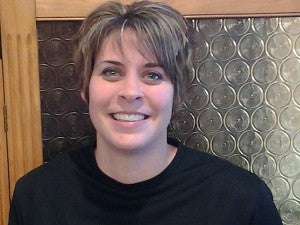4-H offers after school development programs
Published 10:00 am Sunday, May 3, 2015
Guest column by Megan Thorson
Young people have at least 1,900 hours of unstructured and unsupervised discretionary time each year — equal to a full time job. This is time that is not filled with school or family obligations and comprises a considerable portion of each day in the life of a young person. The majority of Minnesota parents — about 90 percent — agree that youth programs are important to the positive youth development of youth, and over 70 percent agree that young people have more than enough academics during the school year so activities should focus on things that capture their interest.
Youth that participate in after school programs have better attitudes towards school, have better grades, are more engaged in learning, are more likely to consider attending college and are less likely to engage in risky behavior. With appropriately trained staff, after school programs contribute to a young person’s growth and development. 4-H has an excellent youth development training and evaluation program. 4-H programs have a higher level of intensity, duration and sustained involvement than other youth programs.
In Freeborn County, 4-H has had after school programming in other youth-serving agencies such as the ARC, YMCA and Glenville-Emmons Schools and Halverson Elementary School. 4-H has been a long-term, continuous program during the school year for some youth. 4-H after school is a program that is offered by the University of Minnesota Extension to different schools or other youth serving agencies for more educational enrichment in a program that may or may not be already at that location. During 4-H after school there is normally a theme of the day that ties into the many different 4-H projects. Some examples of lessons the group has done before include food and fitness (making a healthy snack and doing games around fitness), forensic science, marshmallow science, pop rock science, bubble gum science, team building and gardening and plants.
One of the youth’s favorite lessons is embryology (hatching chickens) and of course any lesson where instructors can incorporate real live animals. We try to focus on similar lessons that schools and students are focusing on also (hence the STEM focus).
Extension 4-H’s research-based curriculum and learn-by-doing approach is delivered by experienced youth development staff to help youth develop essential, transferable skills they will use throughout their lives. With 4-H after school, youth do not necessarily have to be part of the traditional 4-H club that meets year-round, yet can get the same skills and benefits by being part of a 4-H after school program.
4-H staff is always looking for more organizations to work with to help the youth in our community be part of the 4-H program.
For more information, refer to the Youth Development Key Messages: General Benefits & Impact of Youth Programs and 4-H, and MN 4-H Facts by visiting http://myextension.umn.edu/communications.
Megan Thorson is a county 4-H program coordinator with the University of Minnesota Extension service for Freeborn County.


